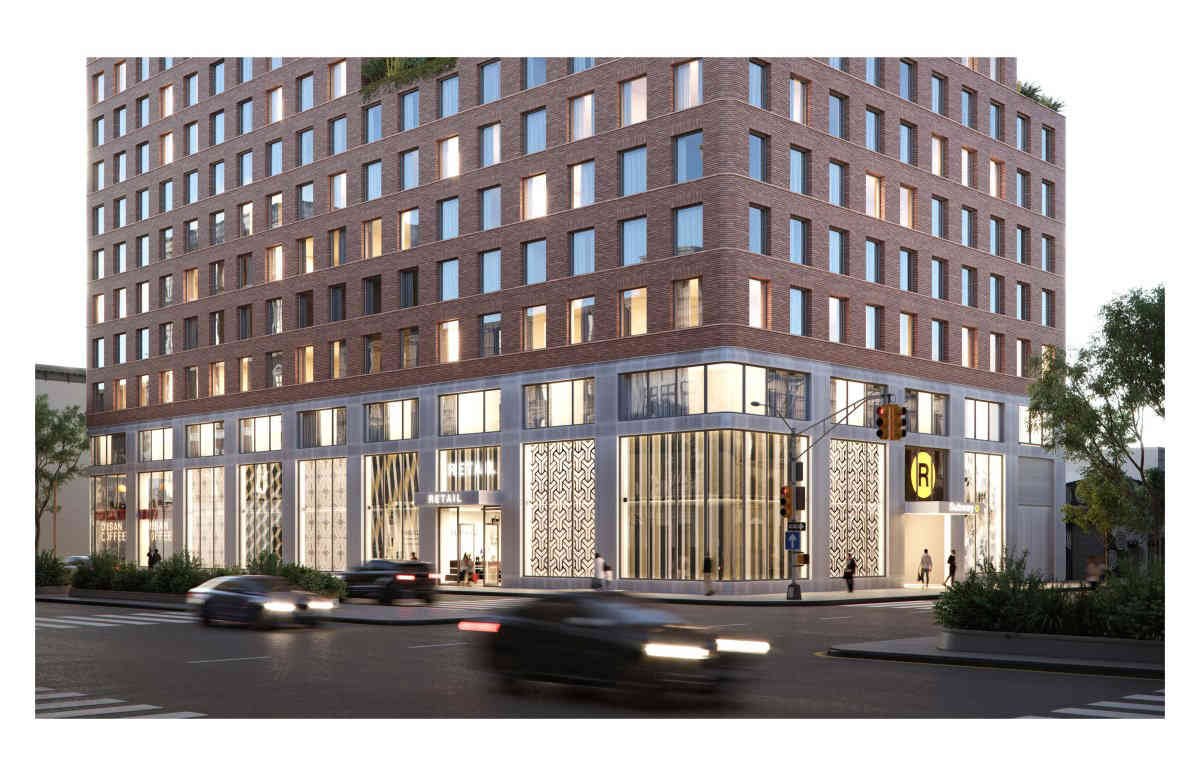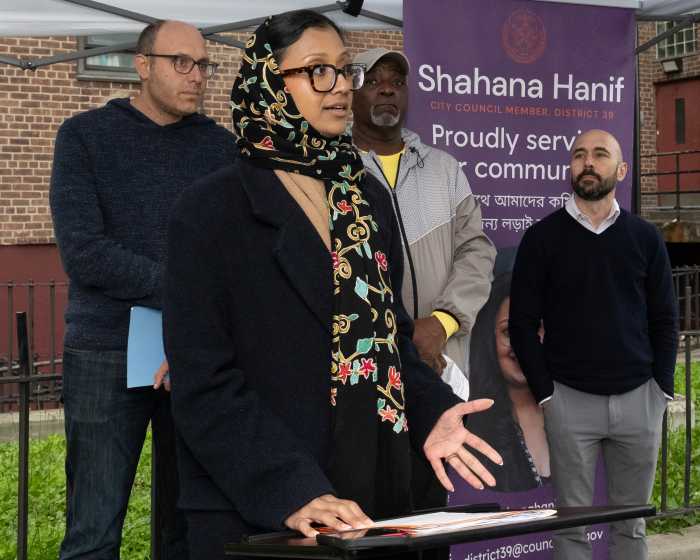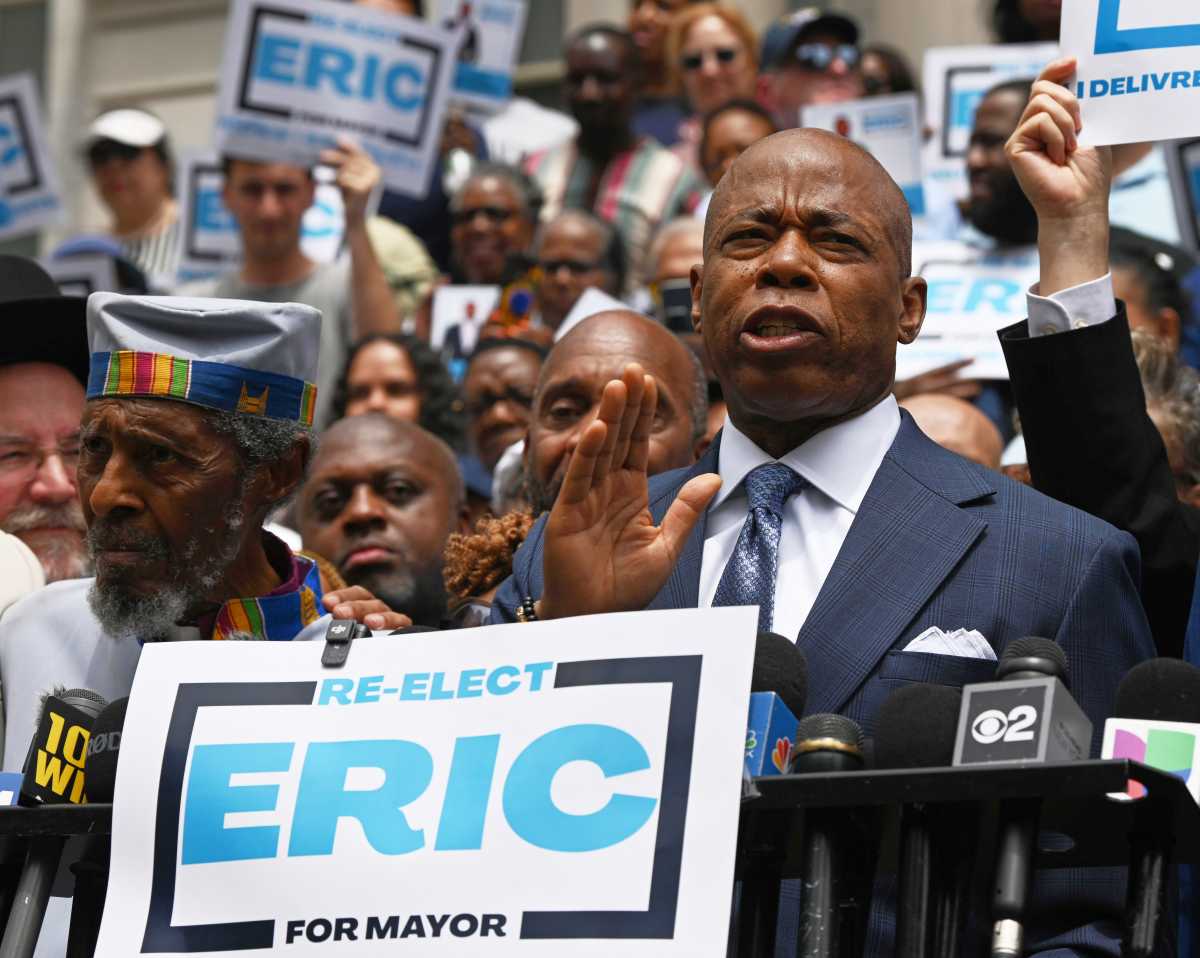A developer offered to fund the construction of a more accessible subway station entrance to the R-train in Gowanus in return for a larger building at a Department of City Planning meeting last week.
Manhattan-based Avery Hall Investments will foot the bill to design and build a new entrance to the Bay Ridge-bound platform of the Union Street station with a new elevator and wider stairway at a cost of $11 million in exchange for a city zoning code transit improvement incentive that would allow the company to add almost a football field’s worth of floorspace to a building they propose to erect on top of the new stop, reps said at the public scoping meeting held April 25 at Park Slope’s MS 51 on Fifth Avenue.
The new entrance would be easier for Gowanusaurs to access than the current stairway, which is often clogged during peak hours, according to a spokesman.
“We believe that our proposal aligns with the rezoning’s goals in modernizing this outmoded subway station, and most importantly making it accessible to frail elderly, parents with young children and strollers, and Brooklynites with disabilities, especially during evening rush hours when the current narrow sidewalk stair is overcrowded and difficult to navigate,” said the company’s chief Brian Ezra at the school’s auditorium at Fourth Street.
The developer, which has properties in Carroll Gardens, Cobble Hill, and Downtown, plans to build the new entrance at the base of a residential building they propose to construct at the northern corner of Union Street and Fourth Avenue — at the site of a gas station.
Under the rezoning, they could erect a 17-story tower with an area that spans nearly three football fields.
They would be able to add the extra space they’re asking for within the existing building envelope, which is the maximum three-dimensional space on a lot within which they can build the structure, including its height, setback, and yard controls, and without going over 17 stories, spokesman Ethan Geto said.
The city gave a similar incentive to developers during a Manhattan rezoning in 2016, according to a Gothamist report.
City planners invited the public to give its input into the rezoning’s Environmental Impact Statement, which will assess the potential effects of allowing for taller buildings in Gowanus, among other changes, and is part of the Uniform Land Use Review Procedure bureaucrats must pass before buildings can soar higher.
Residents and local pols demanded that the city carefully study the impact that bringing more people to the neighborhood will have on the current combined sewer overflow issues and that it not compromise the Environmental Protection Agency’s cleanup of Brooklyn’s Nautical Purgatory under the federal Superfund program.
One state pol criticized the city’s draft impact statement and warned that the EPA’s cleanup only accounts for current residents, which could cause issues for the thousands of newcomers the city expects under the rezoning.
“I don’t see how the city can expect it to become a model green neighborhood without keeping to look at the CSO problem we have,” said Assemblywoman Jo Anne Simon (D-Gowanus). “My biggest concern is that if this plan is built out to the fullest there will be 18,000 new residents who – along with the current residents – will be living a very, very troubled site.”
One local historian noted that the canal has been polluted by human waste for more than a century, and urged the city to first clean it before bringing in more people.
“The first time that I found a report about the Gowanus Canal and raw sewage pouring into it is 1864. When are we going to have no more s— running into this canal? Maybe before the rezone,” said Joseph Alexiou. “Why are we putting the priority of building these buildings first, it’s confusing to me.”
These calls were echoed by representatives of the community watchdog organization the Gowanus Community Advisory Group, which previously formulated their concern with the city’s move, with one of its members saying it could lead to long-term problems akin to the complex repairs of the Brooklyn-Queens Expressway.

























